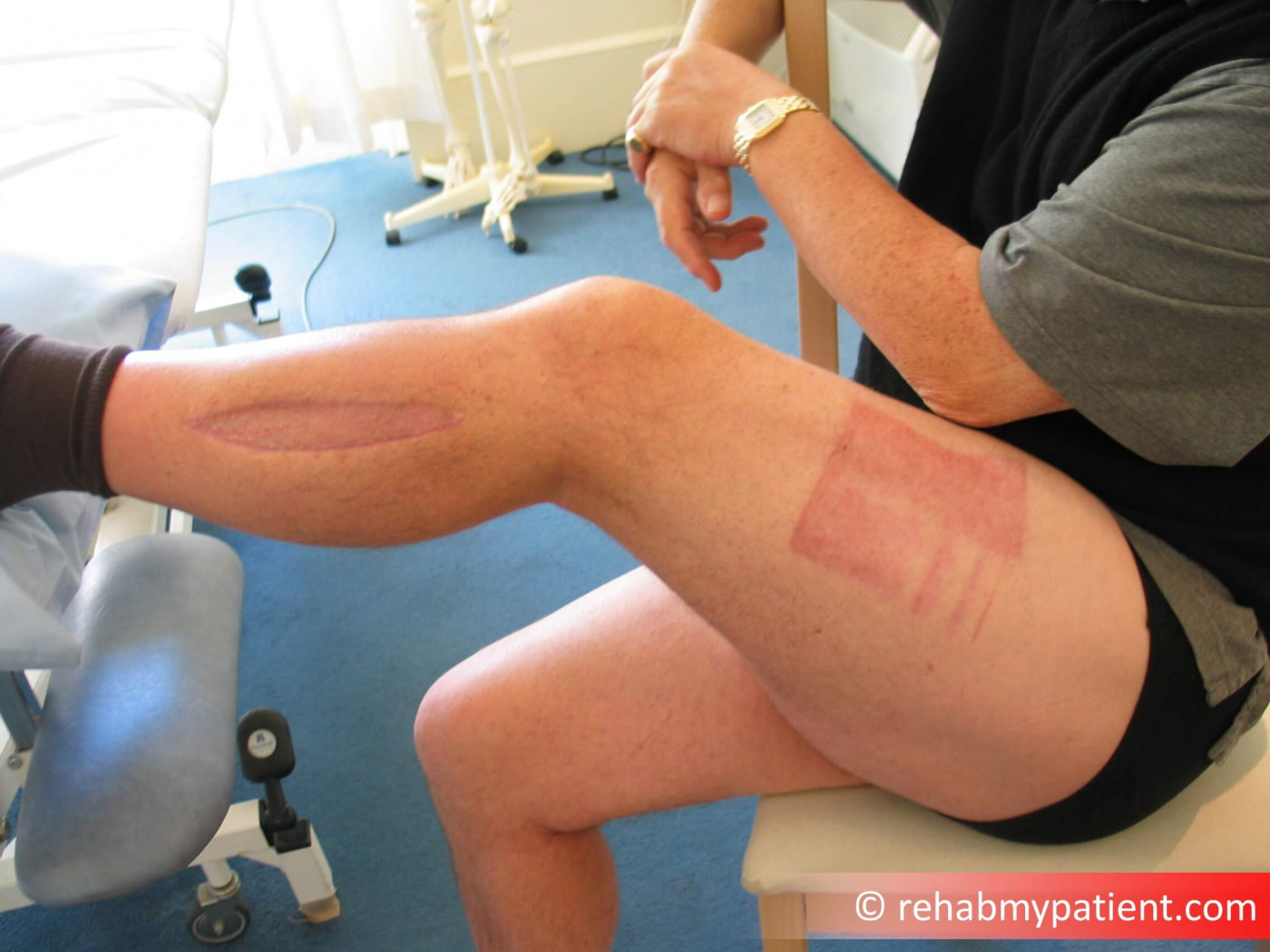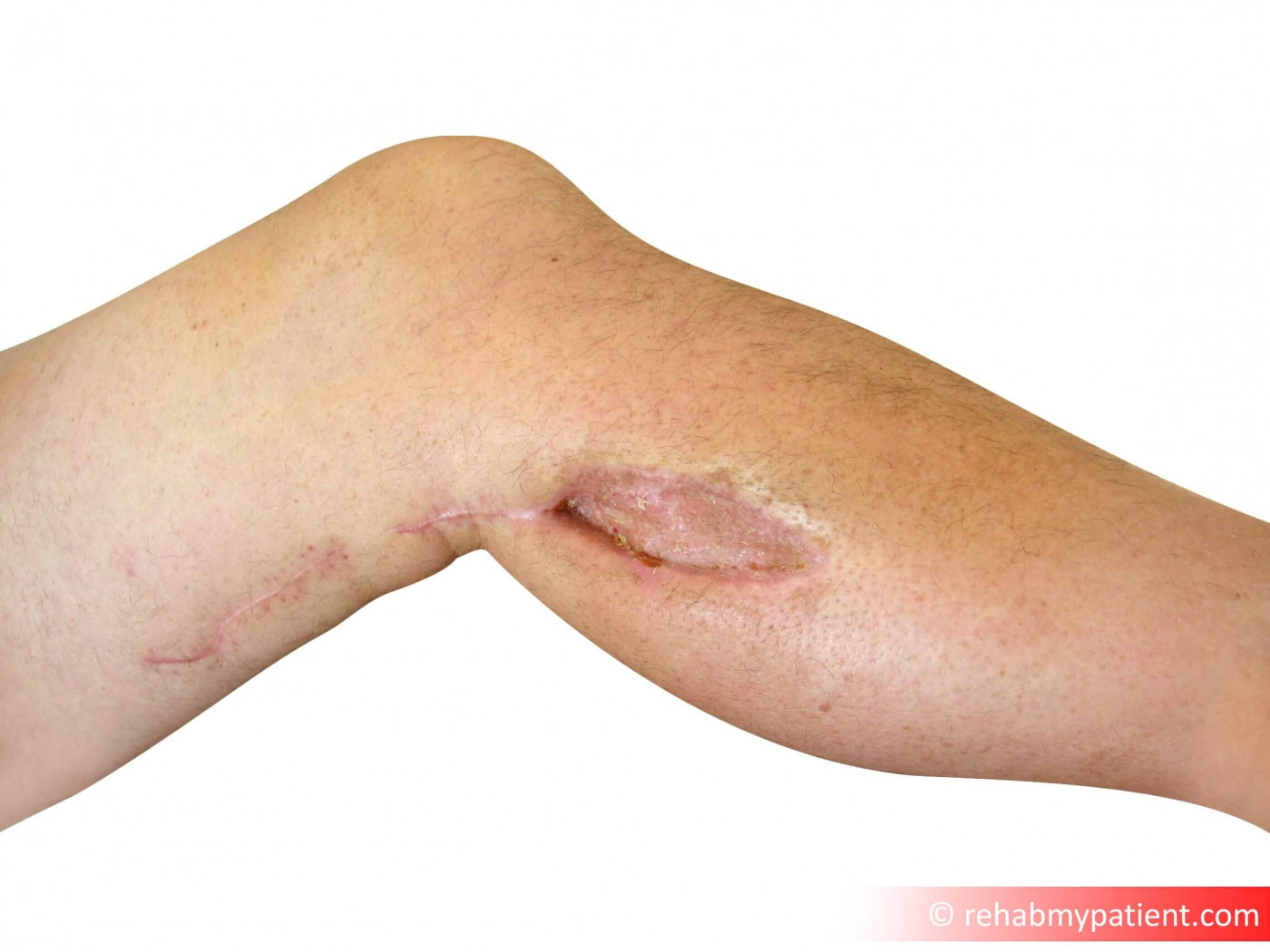Compartment Syndrome - Acute
Opublikowano dnia 15th Sep 2017 / Opublikowano w: Kolano

Compartment syndrome happens when there is an excessive amount of pressure that builds up within an enclosed space of the body. It often results from swelling or bleeding following an injury. Due to the dangerously high amount of pressure within the compartment, it impedes the blood flow to the tissues that are affected. In this situation, it becomes an emergency that needs surgery to prevent a permanent injury from occurring.
The condition begins when the pressure in the muscles begins to build to a dangerous level. Due to the pressure, the blood flow decreases, which will prevent oxygen and nourishment from reaching the muscle and nerve cells. The condition can either be chronic or acute. Acute conditions are a medical emergency that is often caused by a severe injury. If the condition is not treated, it can cause permanent muscle damage.
Chronic compartment syndrome, which is often known as exertional compartment syndrome, is normally not an emergency. Most of the time, this condition is attributed to athletic exertion.
Acute compartment syndrome typically occurs to the lower leg.
Compartment Syndrome Acute Anatomy
Compartments are groups of muscles, blood vessels and nerves within your legs and arms. A tough membrane covers the tissues known as the fascia. The fascia’s role is to keep all of the tissues where they are supposed to be, so it doesn’t expand or stretch easily.
How to Treat Compartment Syndrome Acute:
- Early Decompression
One of the main forms of treatment for acute compartment syndrome is that of early decompression. This can be achieved by lying with the legs elevated to reduce swelling. If the pressure in the tissue remains, as well as other symptoms, a proper decompressing fasciotomy and vascular repair can be performed.
- Elevation
For those who are believed to be developing compartment syndrome, placing the affected limb above heart level is ideal. Elevation is often contraindicated because it causes a decrease in the arterial flow and narrows the pressure gradient of the arterial-venous vessels.
- Immobilization
For those who have a tibial fracture and compartment syndrome, immobilizing the ankle or lower leg using plantar flexion is required to help decrease pressure while preventing any anterior pressure from increasing.
- Cast Removal
Casts and bandages need to be removed. Releasing a single side of the cast can alleviate pressure by 30 percent and bivalving reduces the pressure by an additional 35 percent. Completing removing the cast can provide an additional 15 percent reduction for a total of 85 percent from the original baseline.
Tips:
- Muscles that are badly bruised could end up with acute compartment syndrome. This injury can occur when a motorcycle falls onto the rider or a football player ends up being hit in the leg by the helmet or kicked by another player.
- Taking steroids is a potential risk factor for developing compartment syndrome.
- Tight bandages and casts can lead to the development of compartment syndrome.
- Fracturing a bone is one of the leading causes of this condition.
- Blood vessels can become blocked during your sleep. Lying in a set position that blocks blood vessels, moving and waking can cause the condition to develop. Most individuals will move when the blood flow is blocked to a limb, but those who are compromised neurologically will not.

A patient following compartment syndrome

A patient following compartment syndrome
Zapisać się
Zarejestruj się już teraz, aby skorzystać z bezpłatnego okresu próbnego!
Zacznij korzystać z Rehab My Patient już dziś i zrewolucjonizuj proces przepisywania ćwiczeń, aby zapewnić sobie skuteczną rehabilitację.
Rozpocznij 14-dniowy bezpłatny okres próbny